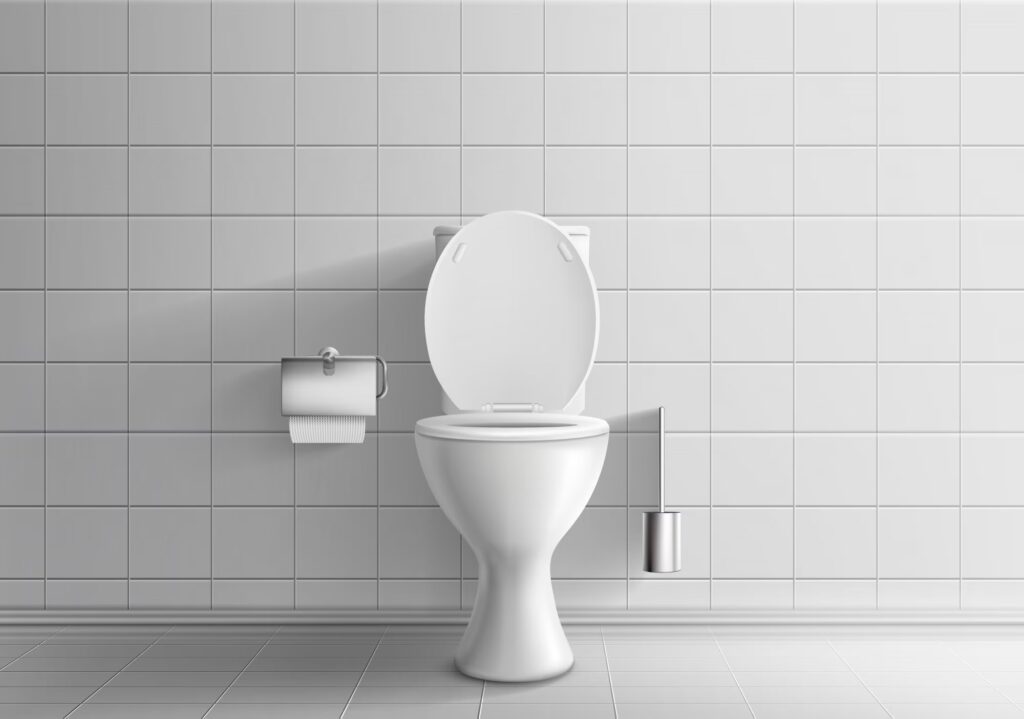Many people still don’t fully understand the purpose of the two buttons on modern toilets, commonly known as dual flush buttons.
These buttons aren’t just for flushing—they are designed to save water. The larger button is meant for flushing solid waste and uses about 6 to 9 liters of water. The smaller button is for flushing liquid waste, using only 3 to 4.5 liters of water. This difference helps conserve water significantly.
Dual flush toilets work by having two separate buttons or levers, each connected to a different valve.
One button is larger to indicate it is for heavier flushing, while the smaller one is for lighter use. This system is practical and eco-friendly, allowing households to use only the amount of water needed for the task.
The water-saving benefits of these toilets are impressive. On average, a household can save up to 20,000 liters of water every year by switching from a single-flush toilet to a dual-flush system.

While dual flush toilets may cost a little more to install initially, they are far more economical in the long run because they use less water. Additionally, they are better for the environment, helping to conserve a precious natural resource.
The concept of the dual flush toilet was first introduced by American industrial designer Victor Papanek.
He wrote about it in his 1976 book, Design for the Real World. The first country to adopt this idea was Australia in 1980, and since then, it has become a standard feature in modern toilets worldwide.
Using a dual flush toilet is simple. For liquid waste, press the smaller button, which may be marked with symbols like a half-circle, small circle, or a raindrop. For solid waste, press the larger button, often marked with a full circle or other indicators. By using the right button for the right need, you can do your part to conserve water.
So, next time you use a dual flush toilet, remember to choose wisely. It’s a small action that can make a big difference for the planet!


